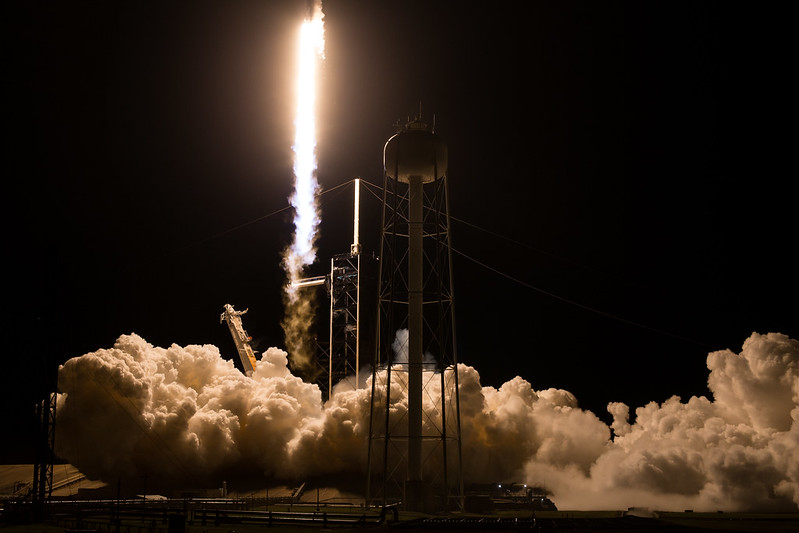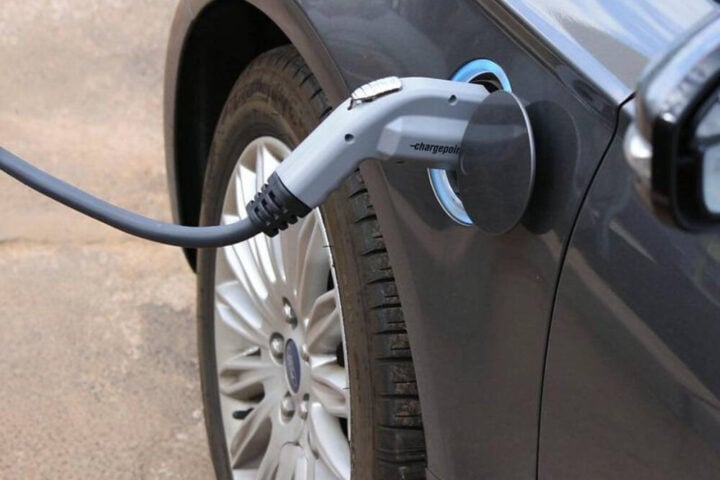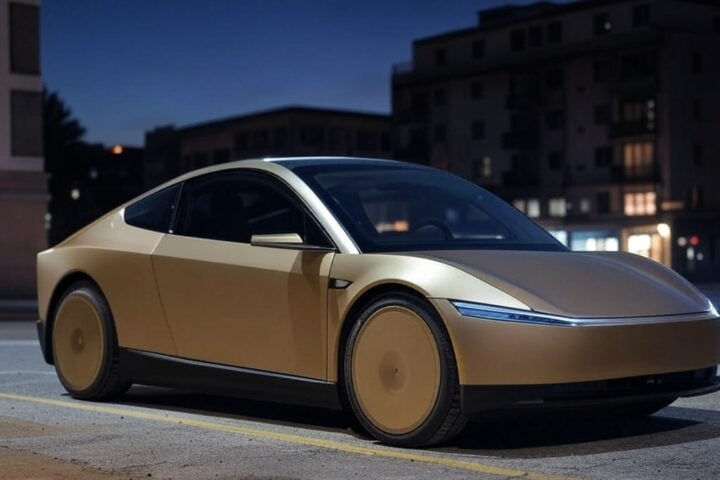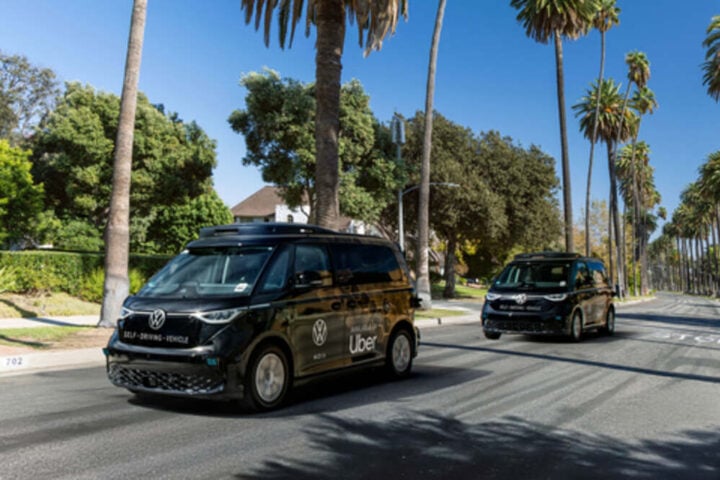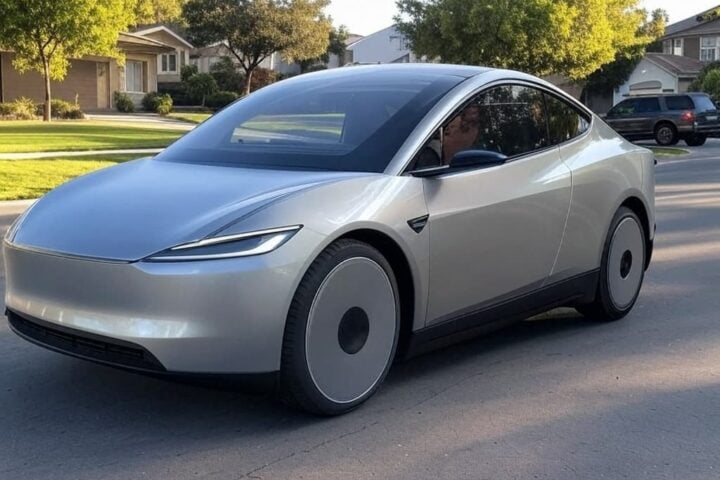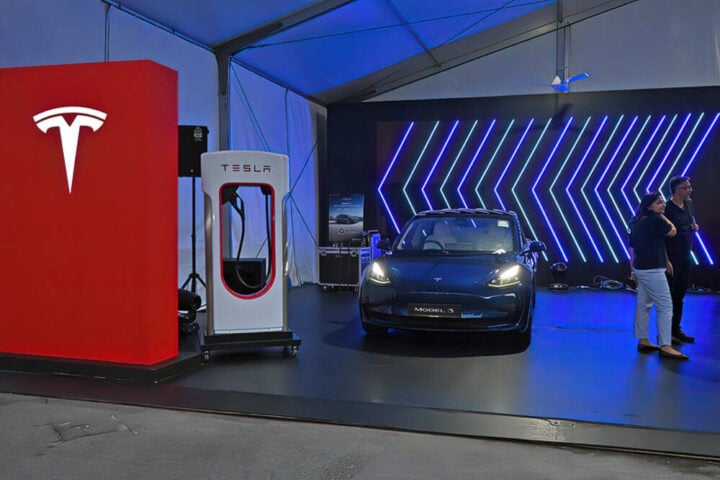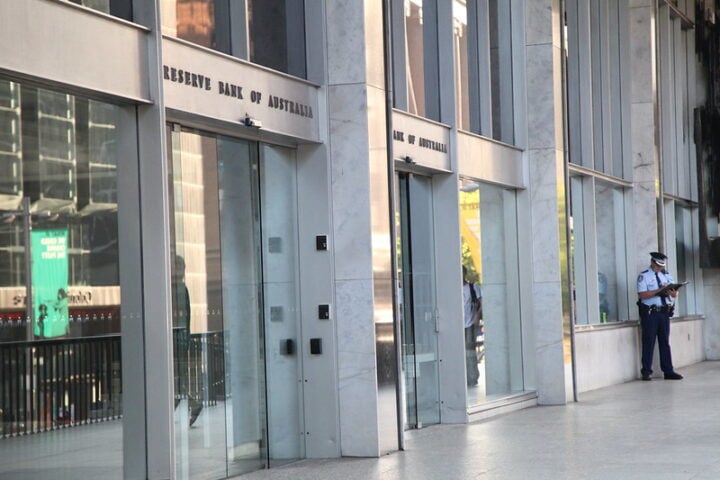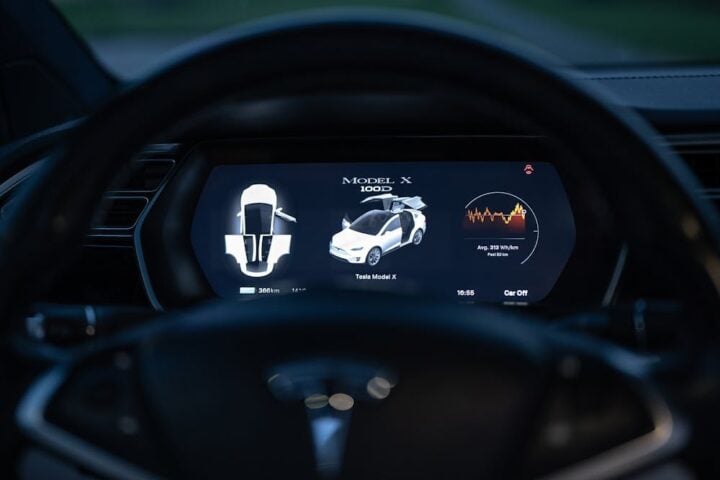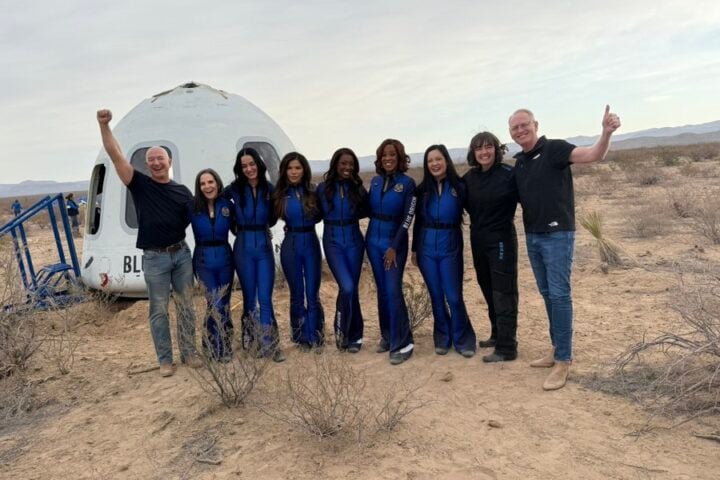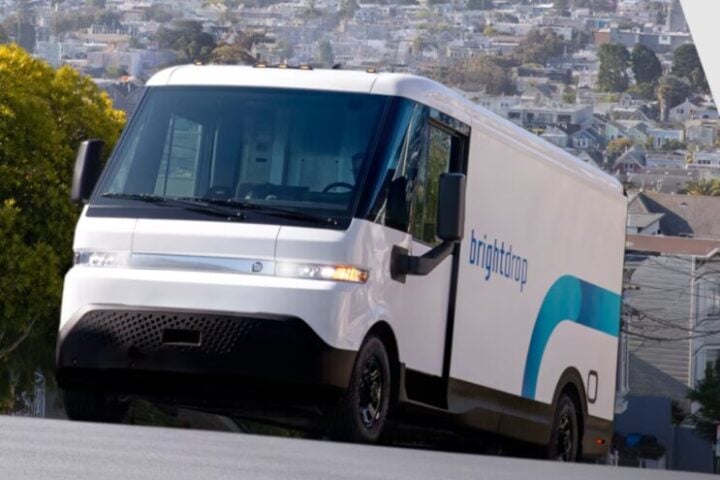The U.S. Space Force has allocated $13.7 billion in launch service contracts for National Security Space missions through 2033, dividing the awards among three companies: SpaceX ($5.9 billion), United Launch Alliance ($5.4 billion), and Blue Origin ($2.4 billion).
This marks the first time three companies will share the responsibility for launching high-priority military and intelligence payloads under the National Security Space Launch (NSSL) Phase 3 Lane 2 procurement program.
The Contract Breakdown
The Space Force anticipates awarding 54 launches over five years with SpaceX receiving approximately 60% of missions (28 launches), ULA getting about 35% (19 launches), and Blue Origin securing seven missions.
“Today’s award culminates nearly three years of government and industry partnership to increase launch resiliency and capacity,” said Brig. Gen. Kristin Panzenhagen, Program Executive Officer for Assured Access to Space. “The result is assured access to space for our national security missions, which increases the military’s readiness.”
Strategic Importance
These contracts support satellites essential for national security that provide:
- Secure military communications
- Precise positioning and navigation data
- Intelligence gathering and missile warning capabilities
By engaging multiple providers, the Space Force aims to reduce risks and foster market competition. If one provider experiences delays, others can step in to maintain launch schedules.
The Competitive Landscape
SpaceX: The company’s Falcon 9 and Falcon Heavy rockets have demonstrated reliability while their reusable technology offers cost advantages. SpaceX is adapting Space Launch Complex 6 at Vandenberg Space Force Base to support vertical integration capabilities.
ULA: The Boeing-Lockheed Martin joint venture achieved certification for its Vulcan Centaur rocket on March 26, 2025. The rocket is designed to replace the Atlas V and Delta IV rockets. ULA is converting SLC-3E to support Vulcan operations.
Similar Posts:
“We are proud that we have launched 100 national security space missions and honored to continue serving the nation with our new Vulcan rocket,” said Tory Bruno, ULA President and CEO.
Blue Origin: The Jeff Bezos-founded company is the newest entrant, having launched its New Glenn rocket for the first time in January. Blue Origin is expected to begin missions in the program’s second year, contingent on certification of its vehicle.
“Honored to serve additional national security missions in the coming years and contribute to our nation’s assured access to space,” said Dave Limp, Blue Origin CEO. “This is a great endorsement of New Glenn’s capabilities.”
Two-Lane Strategy
The Space Force has split the NSSL Phase 3 procurement into two distinct lanes:
Lane 1: Focuses on commercial-like missions with lower risk tolerance. Rocket Lab and Stoke Space were recently added alongside the three main providers.
Lane 2: Targets critical payloads requiring enhanced performance and security standards. These missions often involve direct insertions to geostationary orbit and require capabilities unique to military needs.
Gen. Chance Saltzman, Chief of Space Operations, emphasized, “A robust and resilient space launch architecture is the foundation of both our economic prosperity and our national security.”
On his social media platform, SpaceX founder Elon Musk wrote: “Winning 60 percent of the missions may sound generous, but the reality is that all SpaceX competitors combined cannot currently deliver the other 40 percent! I hope they succeed, but they aren’t there yet.”
Work under these contracts will be performed at Cape Canaveral Space Force Station, Kennedy Space Center, and Vandenberg Space Force Base through April 2033.
